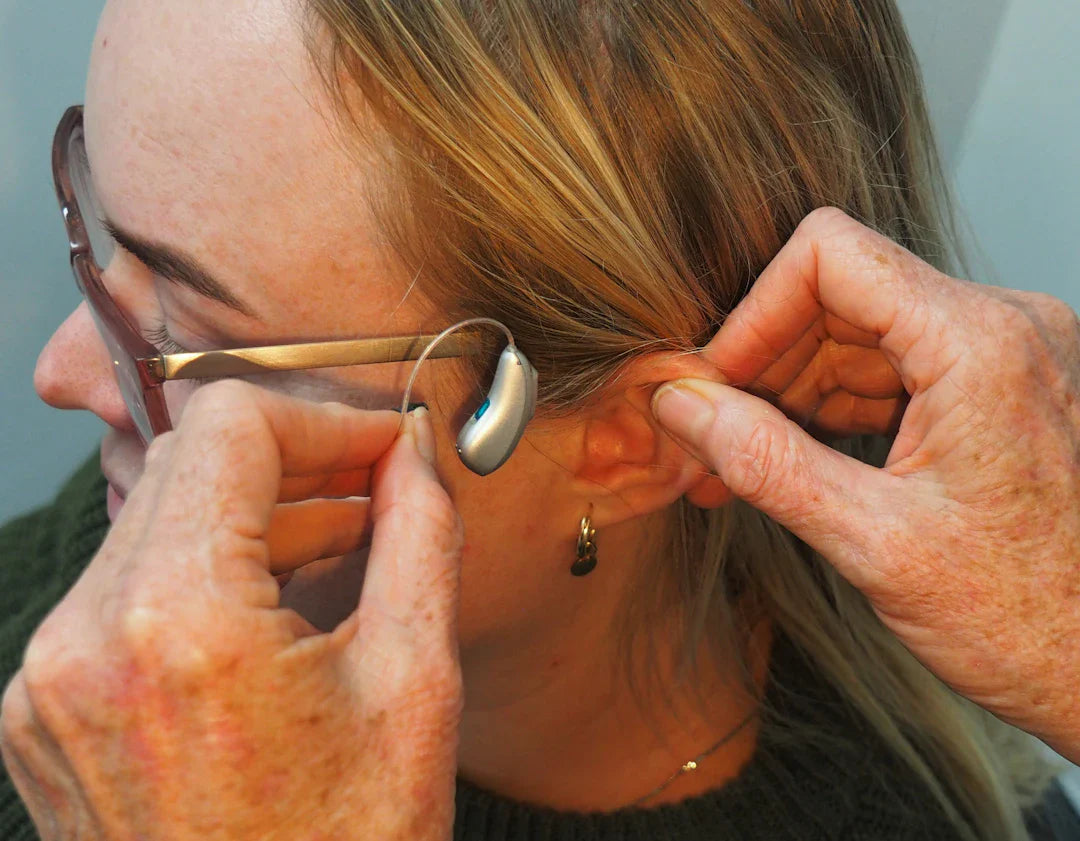In recent years, societal attitudes towards hearing aids have undergone a significant transformation. Once viewed as a symbol of aging and disability, these vital devices are increasingly being recognized for their role in enhancing communication, social inclusion, and quality of life. As we delve deeper into this evolving narrative, we will explore the multifaceted societal perceptions of hearing aids, examining the implications for individuals with hearing loss and the audiology profession.
The Historical Context of Hearing Aids
The perception of hearing aids has changed dramatically since the first mechanical devices were invented over a century ago. Historically, hearing aids were bulky, analogue devices that were often stigmatized. Many individuals with hearing loss refrained from using them due to the societal views that associated these devices with frailty. This section will illustrate how audiology has contributed to breaking down these barriers.
Early Perceptions of Hearing Aids
Initially, the market was dominated by simplistic designs that lacked aesthetic appeal. The advent of the first electronic hearing aids in the 1950s marked a significant shift, yet the stigma persisted. In many communities, individuals with hearing loss often felt isolated or ashamed, further exacerbated by a lack of understanding of hearing care.
Technological Advancements
Today’s hearing aids, such as the Signia Styletto 3AX, feature stylish designs and advanced technology that cater to a more modern lifestyle. These sleek devices are not only more discreet but also incorporate numerous functionalities that allow users to connect with smartphones and other devices, making them more appealing to the younger generation. This evolution demonstrates that hearing aids are not just medical devices but are also fashion statements.
The Rise of Awareness and Acceptance
With the rise of social media and increased advocacy from hearing health professionals, awareness around hearing loss and the importance of proper hearing care is rising. This growing acceptance has been crucial in redefining societal attitudes towards hearing aids.
Breaking Down Stereotypes
Education plays a vital role in reshaping perceptions. Public campaigns aimed at raising awareness about hearing loss and the available solutions have made a significant impact. Stereotypes that hearing aids are exclusively for the elderly are slowly being dismantled. Young adults and even children are now more willing to seek assistance and embrace hearing aids.
A Diverse Range of Users
Current statistics indicate that approximately 1 in 6 people in the UK experiences hearing loss to some degree. This means that a wide array of individuals, from young professionals to older adults, are potential users of hearing aids. As the understanding of hearing loss expands, more people are acknowledging the need for audiology services.
Embracing the Technology
Modern hearing aids come equipped with various features that enhance the overall listening experience. Bluetooth connectivity, noise cancellation, and even AI technology are propelling these devices into a new generation. Young users are more inclined to adopt hearing aids due to their increased functionality and versatility.
The Impact of Social Media and Influencers
The role of social media in shaping societal attitudes cannot be overstated. Influencers and public figures who openly discuss their hearing loss experiences and the effectiveness of hearing aids are encouraging their followers to reconsider any stigma associated with the devices.
Real Stories, Real Impact
When individuals share their personal journeys, it fosters a sense of community and understanding. Online platforms are filled with testimonials and stories of empowerment, showcasing how hearing aids improve quality of life. These narratives help others feel comfortable exploring audiology services, ultimately leading to better hearing care.
Addressing Common Misconceptions
Despite progress, misconceptions surrounding hearing aids persist. Many individuals still believe that they are uncomfortable or that wearing them is cumbersome. It is essential to debunk these myths and provide factual information that may help someone take the first step toward seeking help for their hearing loss.
Comfort and Style
Gone are the days when hearing aids were perceived as clunky or unattractive. The modern range, including devices like the Signia Styletto 3AX, is designed with user comfort and aesthetics in mind. They offer a range of styles, from completely invisible options to those with a sleek, fashionable appearance.
Importance of Regular Maintenance
A commonly overlooked aspect of hearing aid ownership is the need for regular maintenance and care, including earwax removal. It’s essential for users to build a relationship with their audiologists and seek routine check-ups to ensure devices remain effective. This step not only enhances performance but also contributes to a better overall experience.
The Role of Audiologists in Changing Perceptions
Audiologists play a pivotal role in reshaping societal attitudes towards hearing aids. By fostering understanding and empathy, they help demystify the process of using hearing aids, making it more accessible for individuals experiencing hearing loss.
Educational Initiatives
More audiologists are engaging in public education campaigns aimed at raising awareness about hearing loss, the importance of early intervention, and the various treatment options available including hearing aids. These initiatives empower individuals to take control of their hearing health, thereby reducing the stigma associated with using hearing aids.
Encouraging Open Dialogue
Facilitating open discussions about hearing loss within communities can further drive awareness. Audiologists can host workshops, provide informational resources, and connect individuals with support groups to create a more inclusive environment.
A Future Without Stigma
Looking ahead, the future of societal attitudes towards hearing aids is promising. The ongoing evolution of audiology, coupled with advancements in technology, supports a culture that values hearing care as an essential component of overall health.
Innovation Paving the Way
As the industry continues to innovate, we can anticipate even more options that cater to diverse lifestyles. Greater accessibility to hearing care services will also enhance the willingness of individuals to seek diagnosis and treatment. The combination of education, acceptance, and technological advancement gives hope for a society where the stigma surrounding hearing aids becomes a thing of the past.
Empowering Individuals with Hearing Loss
Empowerment begins with understanding and breaking down the biases that have traditionally defined hearing aid wearers. Younger generations, in particular, are leading the charge in normalising the use of hearing aids and advocating for hearing health.
Community Support Networks
Building strong support networks where individuals can share experiences fosters acceptance. Community-driven events focused on hearing health not only promote awareness but also create camaraderie among peers who navigate similar challenges.
The Importance of Personal Choice
Ultimately, each individual should feel empowered to make choices about their hearing health without fear of judgement. Encouraging personal agency in the selection and use of hearing aids enhances self-esteem and encourages users to take pride in their decision.
The Final Word: Embracing Your Hearing Journey
As societal attitudes continue to evolve, we must remain steadfast in our commitment to fostering understanding and acceptance surrounding hearing aids. With the advancements in technology, community support, and education, individuals experiencing hearing loss can embrace their unique journeys with confidence. Let us celebrate the progress while recognising the work still needed to ensure that everyone knows that hearing aids, like the Signia Styletto 3AX, represent more than just an assistive device—they signify empowerment, connection, and an enhanced quality of life.




